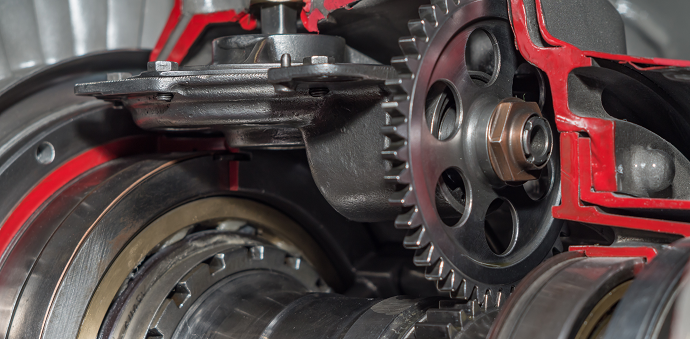Sofema Aviation Services considers the role of EASA to deliver an integrated oversight related to Suspected Unapproved Parts.
Introduction
EASA came later to the Suspect Parts Issue essentially leaving it to the individual responsibility of the relevant National Airworthiness Authority (NAA) EASA’s Suspected Unapproved parts website was established in August 2017 to raise awareness of the European aviation industry. EASA established a single reference place for this information, where users can sign up for notifications and make use of the search, download and RSS feeds to get the reported data related to SUPs.
It lists confirmed cases, cases reported/under investigation, and stolen parts cases.
Currently, EASA has migrated all legacy Suspected Unapproved Parts cases to a single place on EASA’s website.
Background Information to the SUP Program Ref EASA SIB 2017-13 R1
Product(s), part(s) or appliance(s), and components thereof, which are considered Suspected Unapproved Parts (SUP) cases, as published on the EASA website.
Description:
Article 4(4) of Regulation (EU) 376/2014 of the European Parliament and of the Council tasks the Agency with the establishment of a mandatory reporting system. Commission Implementing Regulation (EU) 2015/1018 specifies that one of the occurrences which are subject to reporting is ‘the use of products, components or materials, from the unknown, suspect origin, or unserviceable critical components’ – SUP.
Reported SUP cases cannot always be resolved by the Agency and the National Aviation Authorities, mainly due to the lack of required information, e.g. when:
- A SUP with an allegedly forged EASA Form 1 comes from a non-EU maintenance organisation, supplier or distributor and it is difficult to obtain feedback from the local aviation safety authority;
- The origin of the SUP is impossible to determine;
- An allegedly forged EASA Form 1 has been sent to a potential buyer of a part (not in the supply chain yet) for pre-assessment, indicating that a SUP case might exist for the concerned part;
- A part was unlawfully removed, e.g. from a maintenance facility, and it can be expected that it will appear on the market with forged documentation or untraceable history.
EASA has relocated all related Unapproved Parts Notification (UPN) existing information to the new EASA SUP webpage in order to provide information on SUP in a single location.
Required Maintenance Organisation Obligations
When in doubt about the origin of a part, maintenance organisations, aircraft owners, operators, independent certifying staff, manufacturers, and parts suppliers are invited to consult, in addition to the content of the Safety Publications Tool, the information reflected in the associated SIB and in the EASA SUP list before accepting such a part into their organisations or before fitting it to an aircraft.
If any part listed in the SUP list is found in stock, it is recommended that the part is quarantined to prevent installation until a determination can be made regarding its eligibility for installation.
Sofema Aviation Services www.sassofia.com and SofemaOnline www.sofemaonline.com provide a regulatory training course covering the important subject of Suspect Parts within both FAA and EASA Jurisdictions.
The European Aviation Safety Agency (EASA) & Federal Aviation Agency (FAA) Suspect Parts online training course defines the SUPs policy of EASA & FAA; provides procedures to identify SUPs; and outlines investigative techniques which satisfy safety and enforcement responsibilities.
For additional information please see the website or email office@sassofia.com or online@sassofia.com
Tags:
EASA, National Airworthiness Authority, Suspected Unapproved Parts, Unapproved Aircraft Parts, Unapproved Parts Notification




